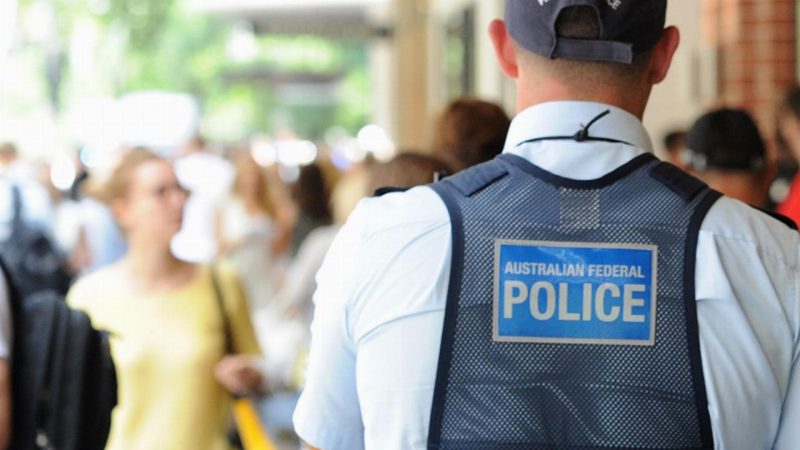- 66 new cases of COVID-19 have been recorded in Victoria in the last 24 hours
- Of those 66 cases, 17 are connected to known outbreaks, 20 are from routine testing and 28 are under investigation to track the source of the infection
- Victorian police have been stationed in hot-spot suburbs across Melbourne, to ensure lockdown conditions are being adhered to
- Around 10,000 people in Victoria have refused COVID-19 tests, partially because of conspiracy theories surrounding the virus
- While, health officials have had to defend their decision to release a patient from quarantine, who had tested positive for the virus
- Globally, more than 10.8 million cases of the coronavirus have been recorded
Victoria has recorded another 66 new cases of the coronavirus in the last 24 hours, as the state continues to grapple with a wave of community transmissions.
However, that figure represents a slight improvement from yesterday, when 77 new cases were recorded in Victoria.
Of the 66 new cases identified in the last 24 hours, 17 are connected to known outbreaks, 20 are from routine testing, and 28 are under investigation.
28,000 tests were carried out in the last 24 hours, with the focus on the Melbourne suburbs where spikes of infections had been recorded.
Frontline support
Victorian Premier Daniel Andrews used today’s briefing to thank those residents, who went back into lockdown this week.
“We will continue to support you in any way we can, but be in no doubt, you have the gratitude of the government and of all Victorians because what you’re going through at the moment, being on the frontline in our fight against this virus is all about keeping the entire state safe,” he said.
The Premier announced $2 million will be spent on mental health services for those forced back into lockdown, which is set to last four weeks.
Strict stage-three level conditions were reintroduced in the 10 postcodes on Wednesday, with Victorian police strictly enforcing the lockdown.
Residents aren’t allowed to leave their homes, unless they have an exemption, and police officers have set up roadblocks in and out of the areas.
Day 1 on postcode lockdown in #Melbourne: Police are setting up a booze-bus style road block on Camp Road in Broadmeadows to randomly check those travelling in and out of the lockdown postcode @theage pic.twitter.com/Cu5RSkJiKg
— Rachael Dexter (@rachael_dexter) July 1, 2020
Blame game
Meanwhile, today’s briefing by Victorian officials also revealed around 10,000 people in the state had refused COVID-19 tests.
Victorian Health Minister Jenny Mikakos said conspiracy theories were partially to blame for the high refusal rate.
“We are analysing that data to see exactly why people are refusing, but it is concerning that some people believe that coronavirus is a conspiracy or that it won’t impact on them, so what I want to stress here is that coronavirus is a very contagious virus,” she said.
“It can go through your family very quickly, it can affect your neighbours, your loved ones, and your entire community. So for those individuals in those communities who have not yet been tested, we are urging them to get tested as quickly as possible,” she urged.
Looking abroad
Elsewhere, NSW recorded no new cases of COVID-19 today. Yesterday, six cases of the coronavirus were recorded amongst residents.
Of those, one had been in quarantine in Victoria, but was still able to be released despite having tested positive. He went on to work a shift at a Sydney Woolworths.
But Deputy Chief Medical Officer, Annaliese Van Diemen, said the patient in question met the criteria needed to be released.
“There is a standard set of release from isolation criteria that is agreed upon nationally, and it is consistent as well with the WHO criteria, and that is when a patient has had more than 10 days since the onset of symptoms, including 72 hours being symptom and fever-free, they are released from isolation and clinically declared to be released from isolation,” she explained.
Across the globe, more than 10.8 million cases of COVID-19 have been recorded, including over 520,000 deaths.

